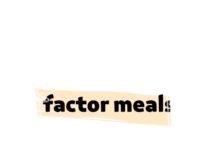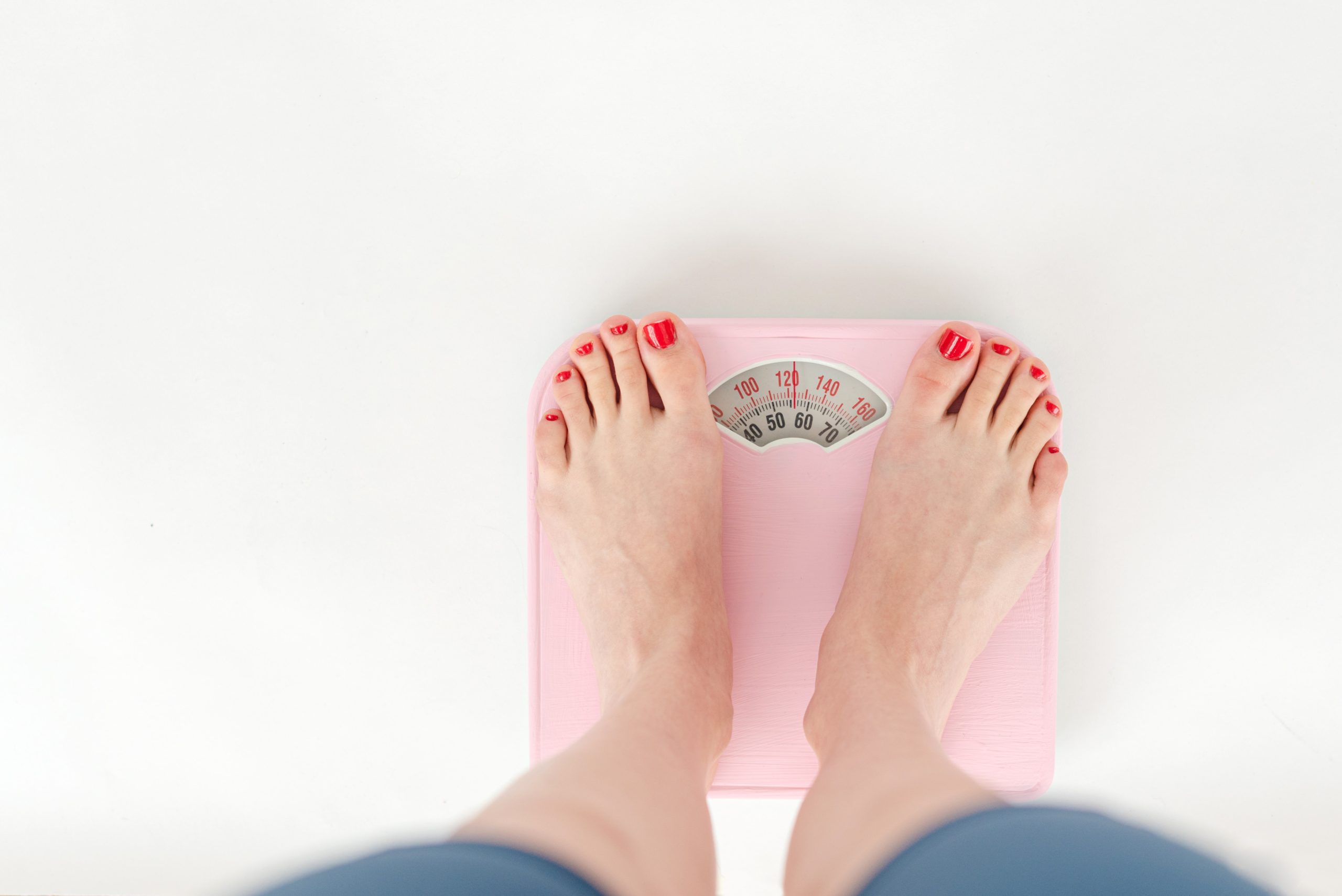Losing weight can be a challenging task, especially if you’re not sure where to start. With so much information available on the internet and in magazines, it can be difficult to determine what is safe and what actually works. The truth is that there is no one-size-fits-all solution to weight loss. However, with the right approach, anyone can achieve their weight loss goals safely and effectively. In this comprehensive guide, we’ll cover everything you need to know to lose weight in a healthy way, including tips on nutrition, exercise, and lifestyle changes. Whether you’re looking to shed a few pounds or make a significant transformation, this guide will give you the tools you need to succeed. So, let’s get started on your weight loss journey!
1. Determine your weight loss goal
Before embarking on a weight loss journey, it is important to determine your weight loss goals. This will help you stay motivated and focused throughout the process. The first step is to determine your current weight and your desired weight. This will help you figure out how much weight you need to lose to reach your goal.
It is important to set realistic and achievable goals. Losing weight too fast can be dangerous and unsustainable. A safe and realistic weight loss goal is 1-2 pounds per week. This may not seem like a lot, but over time it can add up and lead to significant weight loss.
Once you have determined your weight loss goal, it is important to create a plan to achieve it. This may include changes to your diet, exercise routine, and lifestyle. Remember, losing weight is not just about the number on the scale, it is about creating a healthy and sustainable lifestyle that you can maintain long-term.
2. Assess your current health
Before starting any weight loss program, it’s important to assess your current health status. This includes getting a full medical check-up to ensure that you are healthy enough to start a weight loss program. Your doctor may also advise you on any precautions or modifications that you need to make based on any pre-existing conditions that you may have.
It’s also important to assess your current lifestyle habits, including your diet and physical activity level. Keeping a food diary for a week or two can help you identify any areas that need improvement, such as eating too many processed foods or not getting enough protein. Additionally, tracking your physical activity can help you determine how much exercise you’re getting and where you can add more activity to your routine.
Another important aspect of assessing your health is taking your measurements, including your weight, body mass index (BMI), and waist circumference. These measurements can help you track your progress and determine if you’re losing weight in a healthy and sustainable way.
Overall, taking the time to assess your current health status is an important first step in any weight loss journey. It can help you identify areas that need improvement, set realistic goals, and ensure that you’re taking a safe and effective approach to achieving your desired weight.

























































